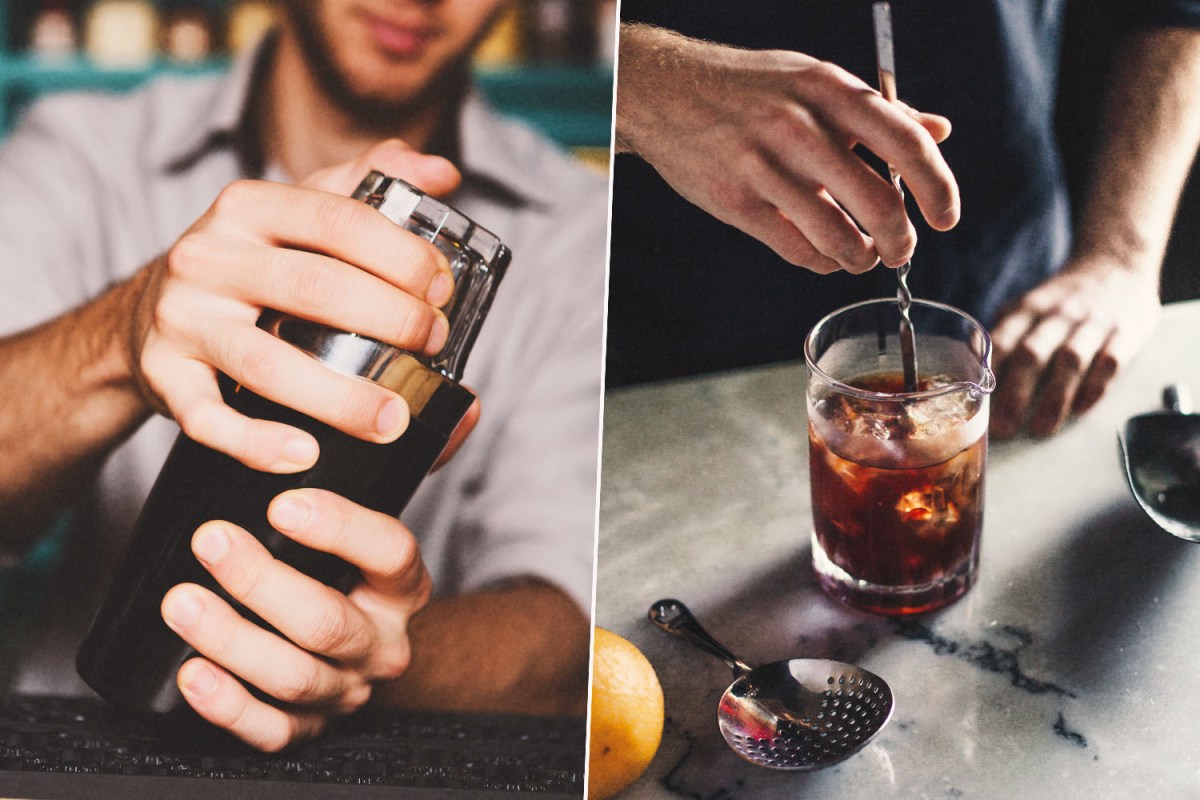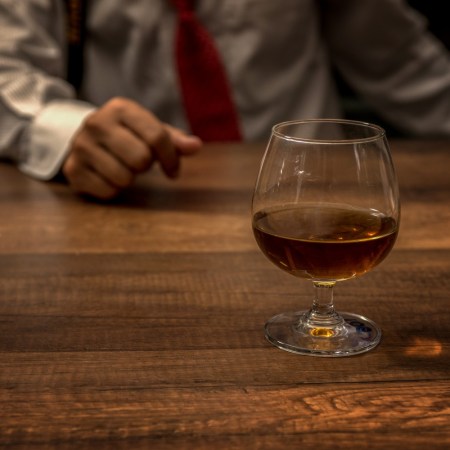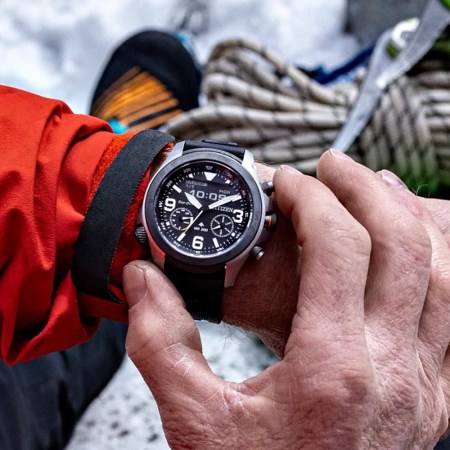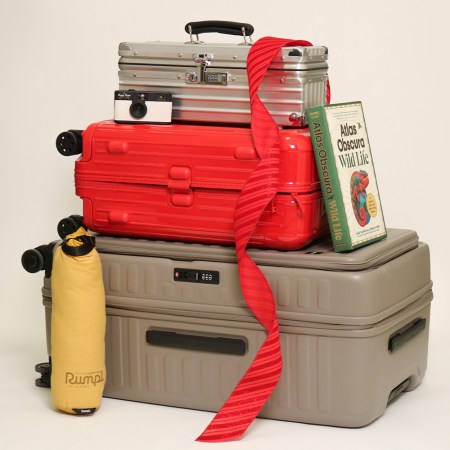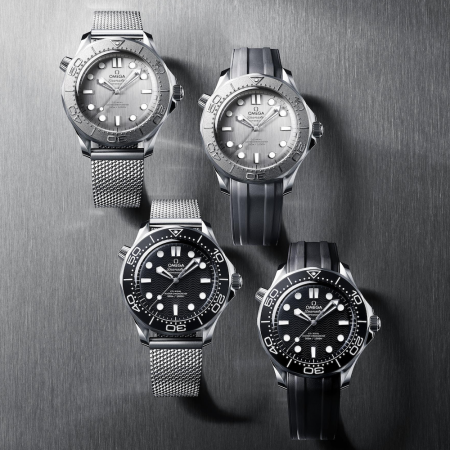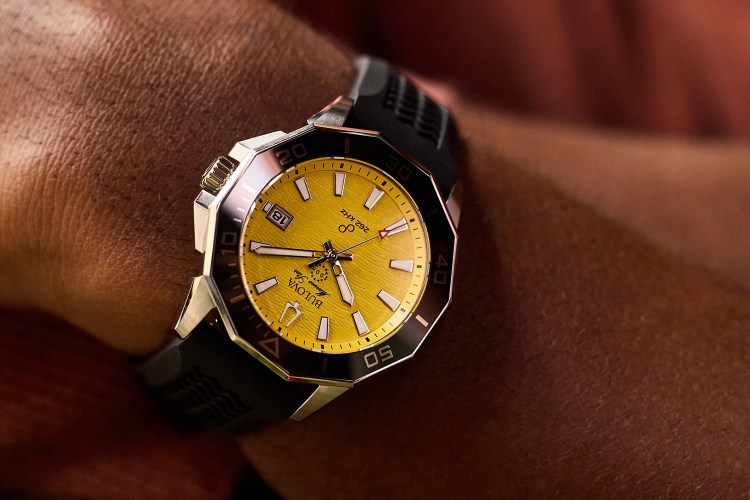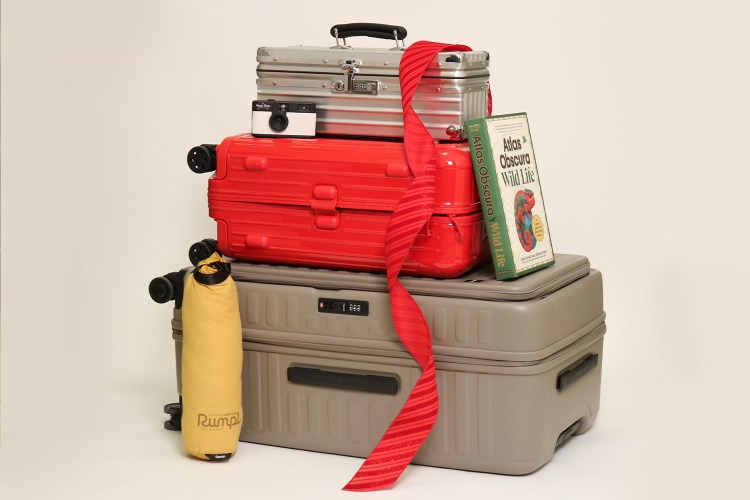Welcome to our new(ish) column Behind the Stick! What’s does that name even mean? Well, it’s slang for getting behind the bar and slinging drinks for paying customers — a fitting moniker for a space for renowned NYC-based bartender Jonathan Lind to impart tales, tips and tricks from his many years in the world of cocktail culture. If there is something you are dying to know, or you just want to say “Hello,” you can reach him at behindthestick@insidehook.com. Cheers!
There are very few cinematic figures who have managed to weasel their way into every facet of Western civilization quite like James Bond. Thinking back to the few times I’ve worn a tuxedo, I can remember looking into the mirror and using Pierce Brosnan’s portrayal as the litmus test for whether or not I looked the part. My first celebrity impression in middle school was Sean Connery. I have quite literally been to the mountaintop hideout featured in On Her Majesty’s Secret Service. I think you know where this is headed; I’m here to talk to you about my favorite model of Aston Martin!
I’m kidding. I’m actually not even here to talk to you about martinis. We can do a deep dive into that particular tipple at a later date. What I DO want to talk about is how 007 asks for his martinis to be prepared. Or at least start there. So let’s jump right in!
A few of you wrote in after my last column to ask about shaking techniques and how to determine whether the bar you’re at is doing things the “right” way. I use quotations because while I believe there’s generally a best way to do things, I think that the world is divisive enough without using the labels “right” and “wrong” when it comes to something as trivial, though admittedly delicious, as cocktail preparation.
When a bartender makes a cocktail, there are two basic ways of preparing it: shaking and stirring. Both shaking and stirring a drink will accomplish two primary goals, which are chilling the drink and diluting the drink. I can hear you asking, “But if they both chill and dilute the drink in very similar ways, why choose one over the other?” The answer is air. When you shake a cocktail you are aerating it by flinging the ice and liquid from one side of the tins to the other. The primary thing you change when adding air is texture. Imagine you have some melted butter. Now imagine you also have some beaten egg yolks. What you have here is the base for that most glorious of brunch items — hollandaise. But preparation is everything! Imagine slowly stirring the egg yolks into your melted butter. Not whisking. Stirring. Pretty gnarly right? You’d end up with a fatty, buttery…glorp (a word that I just made up to describe that texture). However, repeat the process but with a whisk! As you’re beating air into the butter/egg mixture you’re emulsifying it, giving it body and, most importantly, the beautiful airy texture of a good hollandaise.
Why Shake a Cocktail?
Air plays just as important of a part in cocktail making as it does in cooking, and knowing when to add air (by shaking) or not (by stirring) is a valuable piece of info to have in your tool kit. In the bar world, 99% of the time we shake, we’re doing it for one of two reasons: there’s citrus in the build, or there’s dairy (and by this I mean egg or cream). Shaking a cocktail allows us to incorporate and emulsify ingredients that wouldn’t normally combine well. It also helps to further soften some of the sharper elements of the drink, namely citrus, with the addition of tiny air bubbles. A gimlet that’s been sitting on the counter for 5 minutes will always taste significantly more sharp than a gimlet that has been freshly made. That’s because the gimlet that has been sitting on the counter will have settled in the glass, letting go of the air that the bartender worked so hard to work into the drink during the shaking process. For dairy, we shake because I’d rather teetotal than drink a cocktail that’s had an eggwhite stirred into it.
How to Properly Shake a Cocktail
Teaching proper shaking technique through writing is a lot like trying to teach somebody how to use chopsticks using those little pictographs on the package, so bear with me. I’m going to assume you have a set of shaker tins, and will write these instructions through that lens.
- So, with a set of shaker tins you have a big tin and a small tin, yes? Yes. You’re going to want to build your cocktail in the small tin. The reason for this is no matter how full you make the small tin, you can still get the big tin closed on top of it. Not so if you build the other way round.
- Once your drink is built, fill the small tin with as much ice as it will hold. Nest the large tin over the small tin at a slight angle so that the end result is not unlike a capsule-style pill. TAP, DO NOT PUNCH the top of the big tin. I’ve seen people strike the tops of their large tin with the strength of John Henry in an effort to create a good seal. I promise, you do not need to do this. In fact, the only thing you’ll accomplish is slowly deforming the edges of your tins, making creating a seal even more difficult. With a light tap, you can create just enough seal that the tin will do the rest of the work itself.
- Hold the shaker tin like a football (I was never that great with a football, so use whatever analogy fits you best), with your thumb, index, and middle fingers on the small tin, and your ring and pinky finger on the big tin. The gap created by your tins should be looking back at you as you prepare to shake. (If for some reason the seal on your tins breaks, you want that drink to come flying back at you, not your guest!)
- As you shake the drink, the internal temperature of the tins gets lower, which in turn lowers the internal air-pressure, which creates suction, which tightens the seal. I won’t bother trying to describe the movement pattern that I use for shaking, largely because my body is different, but I will share one thing. The secret to the perfect shake, and I mean PERFECT shake, is singing the opening few lines of Gloria Estefan’s “Samba.” It provides the rhythm, the tempo, and you will always smile when you think of that song.
At the end of the day, it takes months, if not years, of daily repetition to get a truly efficient shake, but don’t be discouraged! It’s a worthwhile skill.
Why Stir a Cocktail?
Stirring accomplishes everything that shaking does, but without the air. The upshot is that when you stir a drink, you’re presenting a bolder, more nuanced cocktail that plays on the subtle flavors and aromas of the constituent spirits. A pretty good way to remember when to stir is to look at the ingredients in the recipe. If all the spirits and liqueurs going into the cocktail are clear, there’s a reasonably good chance that it’s a stirred drink. This includes spirits, liqueurs, vermouths, and some syrups.
How to Properly Stir a Cocktail
Stirring is both much easier and much more complicated than shaking. It’s far less showy, but when a bartender has good stirring technique, it’s like watching a classical violinist play. There is an elegance and efficiency of motion that is truly mesmerizing.
- Beginning with the assumption that you own a glass or crystal stirring vessel (they make stainless steel ones for the accident prone) and bar spoon, add all the ingredients of your cocktail. As with shaking, fill your stir glass with as much ice as you can.
- Place your spoon in the glass with the rounded back of the spoon against the inside edge of your stirring container, as if you’re trying to scrape the last bit of peanut butter from the jar. Hold your spoon with your thumb, index, and ring finger, while supporting it with your ring and pinky finger.
- You’re kind of going to have a “live long and prosper” vibe going with your hand position. The stirring motion itself is done by making a “come hither” gesture that is, admittedly, devilishly hard to describe in print. The takeaway is this — your stir needs to be smooth. Your spoon should cradle the ice as it travels around the inside of the vessel. Do you remember the training montage from Mighty Ducks where they play hockey with eggs? Like that.
Regardless of which method you’re using, shaking or stirring is only half of the preparation. Generally speaking, a cocktail that is fully “cooked” will have increased by about 30% by volume through the addition of water (melted ice). So while you stir your drink, taste as you go until it tastes like the drinks at your local cocktail bar. Again, this takes a tremendous amount of practice.
Do I tell you all this because I expect you to practice at home? Or maybe so you can bust your local bartenders chops about their shaking technique? Absolutely not. The reason I want you to know about these techniques and why we use them is so that when you’re at a bar and see your bartender shaking the person’s martini next to you, or stirring with the ferocity of a caged marmot, you can do yourself a favor and just order a beer. Now that’s what I call consumer advice!
Join America's Fastest Growing Spirits Newsletter THE SPILL. Unlock all the reviews, recipes and revelry — and get 15% off award-winning La Tierra de Acre Mezcal.
